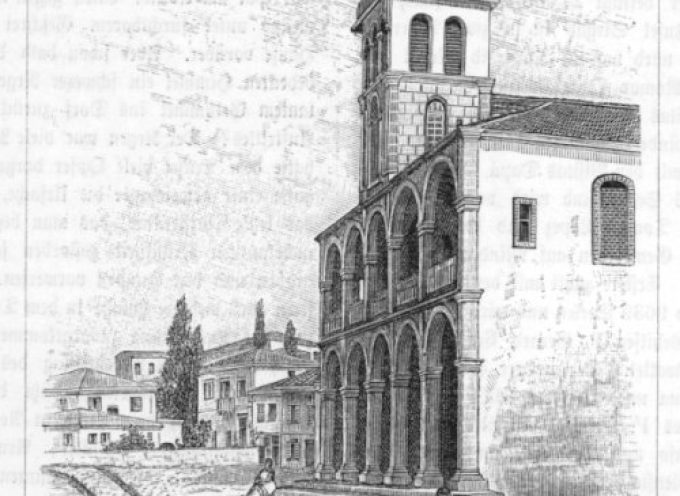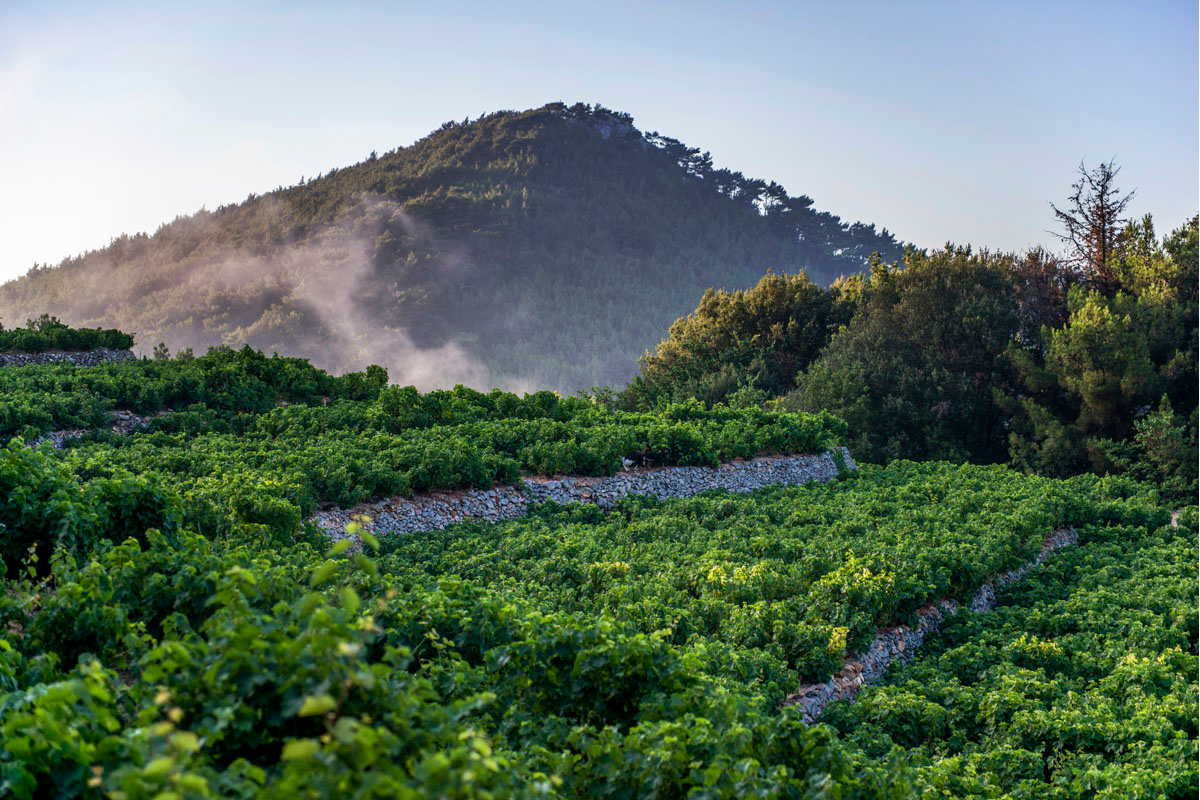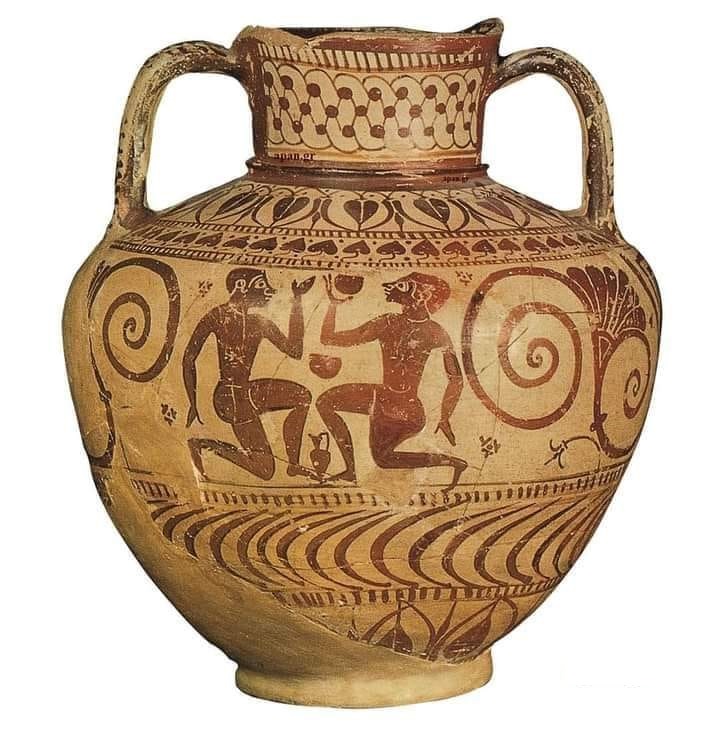
The “Taverns”
The “Taverns”

“Taverns” were large stone wine warehouses in Kampos of Samos to serve the wine trade of the area. There, farmers sold their products to merchants and brokers during the years of the Turkish Hegemony of Samos. These are big stone buildings, mainly of the 19th century, with a height of about 6 meters and tiled roofs. The windows at the highest points of the buildings ensured ventilation conditions for better preservation of wine products.
On Samos, mainly coastal areas were chosen for the construction of “taverns” so that the sea breeze would ensure better conditions for the preservation of wines. The products and especially the grapes and wine were gathered in the nearest “taverns”, but also in the small, but very fertile, plain of Vourliotes, where farmers transported them on donkeys through the old paths. An old path of those that survive in good condition led from Manolates to Margarites, to Valeontades, to Agios Konstantinos and from there along the coast to the “Taverns” of Kampos. Taverns also existed in the settlements of Margarites, Valeontates and later in the seaside settlement of Agios Konstantinos.
Taverns maintained their use until the first post-war years and then they were either ruined or passed into the ownership of the Wine Cooperative of Samos and turned into wine loading and unloading areas, agricultural shops (in Vathi and Karlovasi) and the Wine Museum of UWC Samos in Malagari.
The term “tavern” (“taberna”) seems to have its roots in the years of the Roman Empire. In the Greek wine tradition, it has been associated with wine as a place of wine concentration and trading. Then, it passed into modern Greek as a place of wine consumption accompanied by food.







